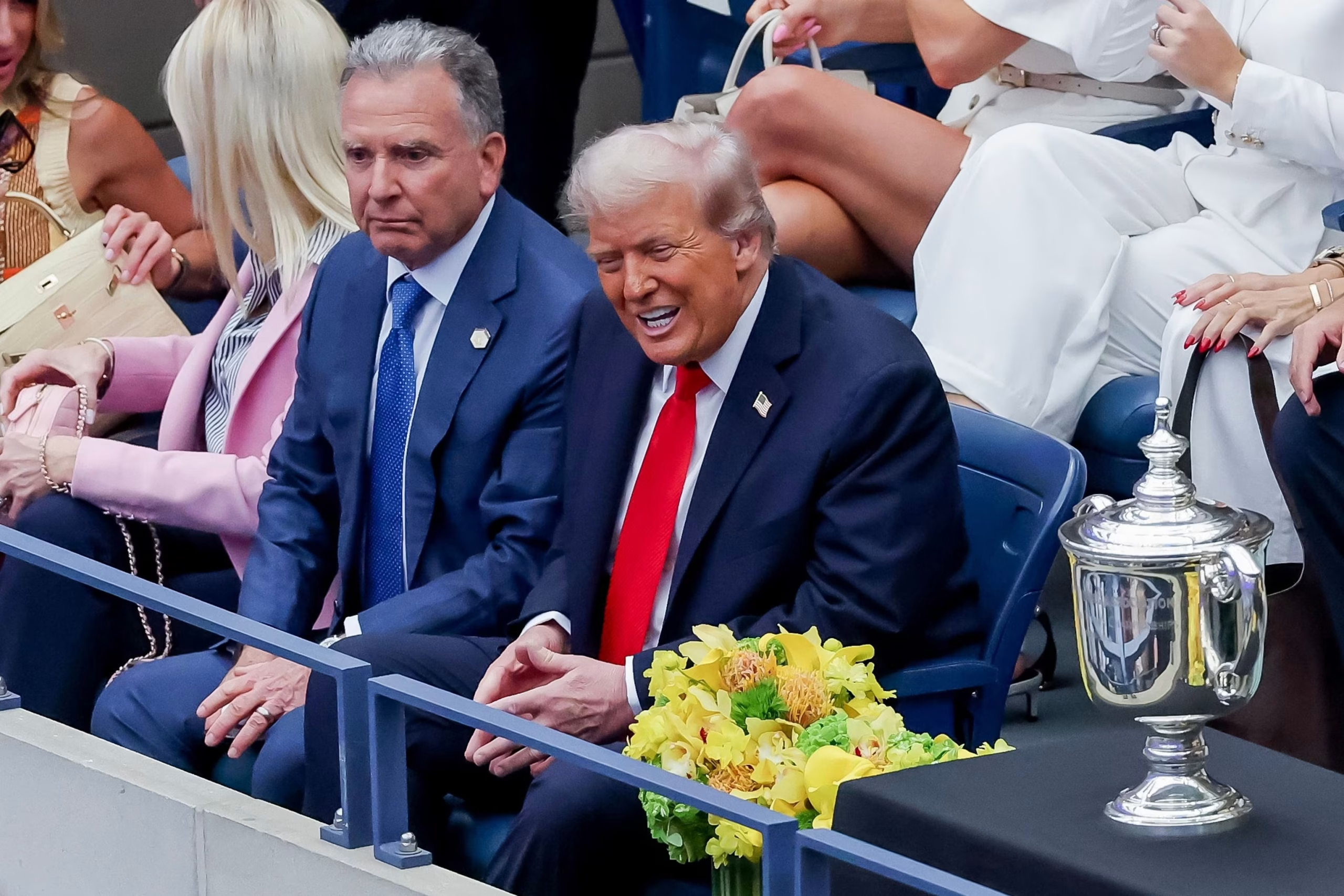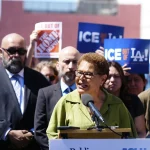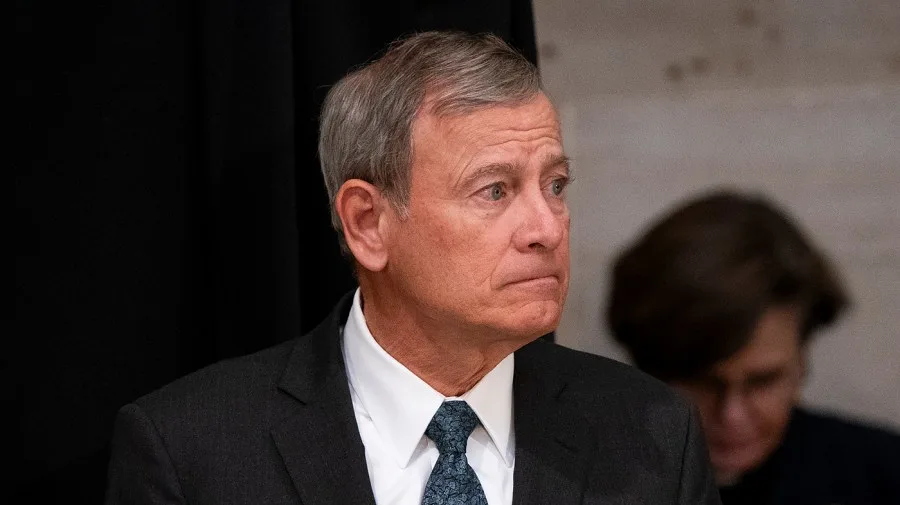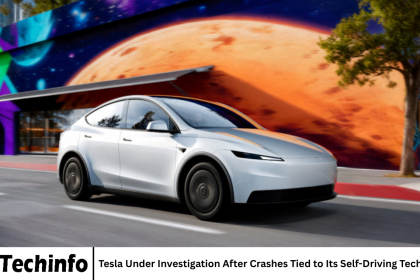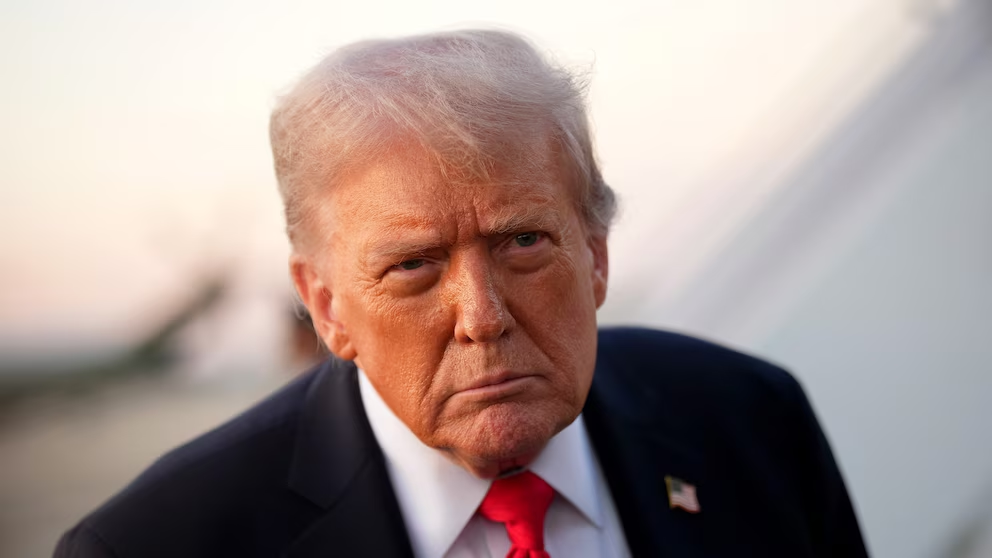The U.S. Open is not only one of the most prestigious tournaments in the tennis world, but it has also become a cultural event that attracts celebrities, business leaders, and political figures alike. This year, the spotlight intensified when former President Donald Trump attended the U.S. Open Men’s Final, sparking conversations that extended far beyond the sport itself. His presence drew attention from tennis enthusiasts, media outlets, and political analysts, underscoring the way sports and politics often intersect in American society. For many, Trump’s appearance was more than just a night out at one of tennis’s biggest stages—it was a carefully calculated move with symbolic weight, blending the glamour of athletics with the realities of public life in a politically charged era.
- The Significance of Trump’s Appearance
- Politics and the Sports Arena
- Media Reactions and Public Response
- The Global Attention Factor
- Trump and Tennis: A Historical Connection
- Public Perception and Image Building
- The Broader Cultural Impact
- Expert Perspectives
- The Players’ Spotlight Amid the Attention
- Looking Ahead: The Political Implications
- FAQs
- Conclusion
The Significance of Trump’s Appearance
When a former U.S. president attends an event as globally visible as the U.S. Open, it immediately becomes a story. Trump’s attendance at the Men’s Final was not merely about enjoying tennis; it was about projecting presence. The U.S. Open draws an international audience, with millions tuning in worldwide. In 2023, for instance, the men’s final between Novak Djokovic and Daniil Medvedev attracted more than 2.7 million viewers on ESPN, one of the highest ratings for the event in years. Trump’s decision to attend a match that garners this kind of attention ensures that he remains part of the cultural conversation, even outside of the traditional political arena.
The symbolism is important: tennis, often associated with prestige, tradition, and global appeal, provides a backdrop for Trump to project an image of influence. Whether one interprets his appearance as an attempt to appeal to moderate voters, strengthen ties with wealthy donors, or simply enjoy a sporting spectacle, the impact resonates across multiple layers of society.
Politics and the Sports Arena
Sports events have historically been venues where political figures attempt to connect with the public in relatable settings. Former presidents such as Bill Clinton, George W. Bush, and Barack Obama have all been spotted at basketball games, baseball matches, and other sporting events. For Trump, who has long cultivated an image tied to entertainment and public visibility, attending the U.S. Open aligns with his brand.
Trump’s attendance also comes at a politically sensitive time, as he continues to position himself as a key player in American politics. Appearing at a prestigious event like the U.S. Open allows him to remind voters of his larger-than-life persona, while simultaneously engaging with a diverse audience that may include both supporters and critics. This dual dynamic—being both celebrated and scrutinized—is part of what makes Trump such a polarizing but effective figure in public life.
Media Reactions and Public Response
Unsurprisingly, Trump’s presence at the U.S. Open Men’s Final dominated headlines. Photographs of him in the stands, alongside influential figures, circulated widely on social media. For some fans, his attendance was a reminder of the strong connection between politics and celebrity culture. Others criticized the media coverage, arguing that it distracted from the players’ performances and the sport itself.
Journalists noted the reactions within the stadium as well. Reports suggested that the crowd response was mixed—some attendees cheered, while others offered less enthusiastic reactions. This reflects the broader divide in American society, where Trump remains a figure who inspires both loyalty and opposition in equal measure.
The Global Attention Factor
The U.S. Open is more than just an American sporting event; it is one of the four Grand Slam tournaments and holds immense global appeal. Players from more than 60 countries typically compete, and the audience spans continents. By attending such an event, Trump placed himself on an international stage.
For global audiences, his appearance served as a reminder of his continued influence in U.S. politics and culture. International media outlets in Europe, Asia, and the Middle East covered his attendance, highlighting not only his personal brand but also the enduring global fascination with American politics. This visibility is particularly valuable for Trump, who has consistently sought to maintain relevance not only domestically but internationally.
Trump and Tennis: A Historical Connection
While Trump is not traditionally associated with tennis in the same way he is with golf, he has been a fixture in New York’s social scene for decades. In the 1980s and 1990s, Trump’s presence at cultural and sporting events helped reinforce his status as a New York power player. Attending the U.S. Open today echoes that history, positioning him once again at the heart of a glamorous, high-profile occasion.
Moreover, Trump’s appearance taps into the long-standing tradition of prominent figures gracing the stands at the U.S. Open. From Hollywood actors to business magnates, the event has always blended sports with celebrity culture. In this context, Trump’s presence seems both natural and strategic, reinforcing his place within that broader tradition.
Public Perception and Image Building
For a political figure like Trump, image is everything. His attendance at the U.S. Open was more than just a social outing—it was an opportunity to cultivate a particular narrative. Being seen at a world-class event can communicate sophistication, accessibility, and cultural relevance. It allows Trump to connect with both his base, who may view his appearance as a symbol of strength, and undecided voters, who may interpret it as an effort to remain engaged with mainstream American culture.
At the same time, critics argue that such appearances are performative. They suggest that Trump uses these high-profile events to distract from political controversies or to overshadow opponents. Regardless of intent, the fact remains that his attendance generated significant media coverage, proving that the strategy—whether intentional or not—was effective.
The Broader Cultural Impact
Trump’s appearance at the U.S. Open Men’s Final also highlights a broader cultural reality: the fusion of sports, politics, and celebrity has never been stronger. Modern audiences do not consume sports in isolation; they experience them as part of a larger cultural conversation. From athletes speaking out on social justice issues to celebrities using sports platforms for activism, the lines between entertainment and politics continue to blur.
In this environment, Trump’s attendance takes on added significance. It was not simply a personal decision to watch tennis—it was a cultural moment, one that speaks to the ongoing relationship between politics and popular culture in America.
Expert Perspectives
Political analysts and sports experts have weighed in on the implications of Trump’s appearance. Dr. Michael Genovese, a political scientist specializing in American leadership, noted that appearances like these serve as “soft power plays.” By being present at major events, leaders and former leaders project influence without making formal political statements.
Sports marketing experts add another layer, suggesting that Trump’s attendance benefits the U.S. Open itself. Events thrive on publicity, and the presence of a high-profile figure—even a polarizing one—can boost global attention and engagement. This symbiotic relationship highlights how sports and politics often feed into one another.
The Players’ Spotlight Amid the Attention
While Trump’s attendance drew headlines, it is important not to forget the athletes themselves. The U.S. Open Men’s Final represents the pinnacle of tennis excellence, showcasing months of training, discipline, and resilience. Players often describe the tournament as one of the most grueling yet rewarding experiences in professional tennis, given the hard court’s physical demands and the intensity of the New York crowd.
Balancing the players’ achievements with the attention Trump’s presence attracted becomes part of the story. In many ways, it reflects the modern challenge of sports media: how to celebrate athletic brilliance while also acknowledging the cultural and political forces that shape public perception of the event.
Looking Ahead: The Political Implications
As Trump continues to be a dominant force in American politics, his attendance at events like the U.S. Open Men’s Final raises questions about his strategy moving forward. Will he continue to use cultural and sporting platforms to maintain visibility? Is this part of a larger effort to connect with audiences beyond traditional political rallies?
History suggests that appearances at popular events can have subtle but meaningful effects on public opinion. They humanize political figures, making them appear more relatable to average citizens. For Trump, who thrives on media attention, such strategies are likely to remain part of his broader playbook.
FAQs
Why did Trump attend the U.S. Open Men’s Final?
Trump attended the U.S. Open Men’s Final both as a social engagement and as a strategic public appearance. High-profile events like the U.S. Open offer visibility, connect him to cultural life, and allow him to remain part of mainstream conversations.
How did the crowd react to Trump’s presence?
Reports suggest the crowd reaction was mixed, with some attendees cheering and others showing less enthusiasm. This mirrors the broader polarization in American society regarding Trump’s political legacy.
Did Trump’s attendance overshadow the players?
While Trump’s presence drew media attention, the players’ performances remained central to the event. However, his attendance did add another layer to the coverage, blending sports with political discussion.
Has Trump attended the U.S. Open before?
Yes, Trump has a history of attending major cultural and sporting events in New York, though his appearances at the U.S. Open have varied over the years. His presence fits into a broader tradition of prominent figures gracing the stands.
What are the political implications of Trump’s appearance?
Trump’s attendance highlights his strategy of using cultural and sporting platforms to maintain public visibility. It allows him to connect with both supporters and critics, reinforcing his role as a central figure in American politics.
Conclusion
Trump’s attendance at the U.S. Open Men’s Final was more than just a night of watching world-class tennis—it was a cultural and political moment that resonated on multiple levels. For supporters, it was a sign of strength and relevance. For critics, it was another example of his ability to command attention, even outside of traditional political arenas. And for the broader public, it was a reminder of how intertwined sports, politics, and celebrity culture have become in the modern era. As the lines between entertainment and leadership continue to blur, Trump’s presence at the U.S. Open underscores the enduring power of visibility, symbolism, and narrative in shaping public life.




